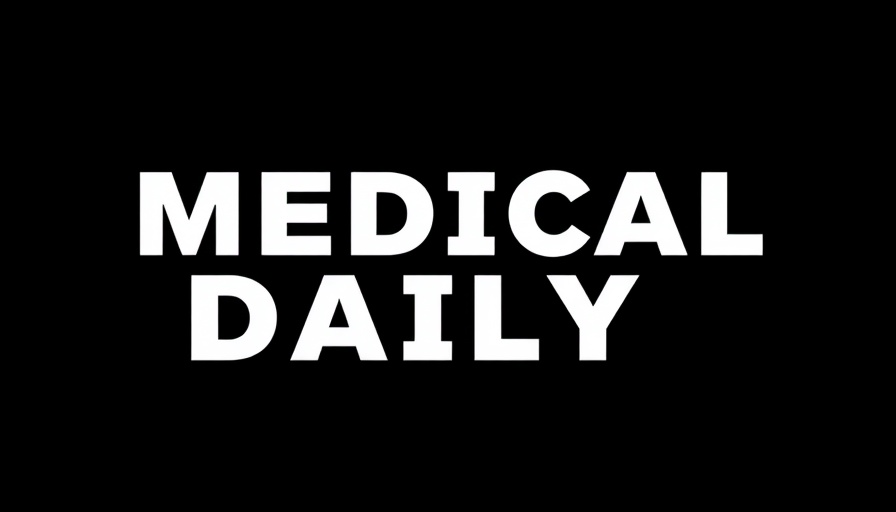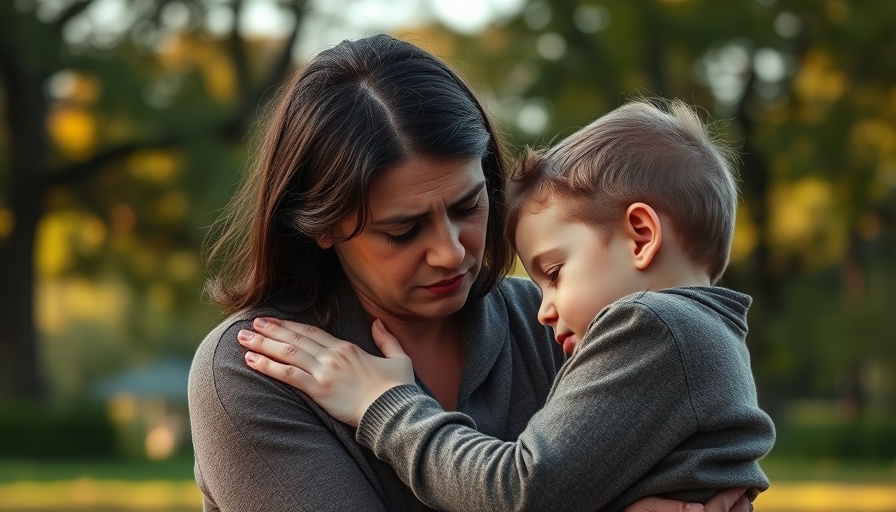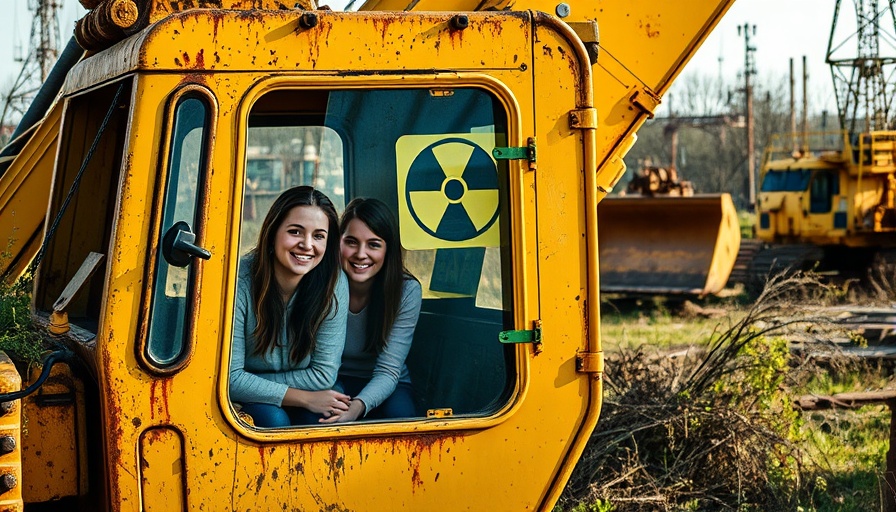
Trump's Decline: A Growing Concern for 2024
As President Donald Trump gears up for a potential second term, mounting concerns about his cognitive health have begun to shape discussions about his future in politics. Republican strategist Rick Wilson has raised eyebrows by suggesting that Trump's "cognitive decline" could significantly impede his ability to serve effectively through the four years of a second term. In a recent interview, Wilson described Trump as increasingly incoherent, struggling with articulating thoughts clearly, a stark contrast to the confident, commanding presence he exhibited during his earlier campaigns.
What Experts Are Saying About Cognitive Health
While Wilson acknowledges his lack of medical qualifications, he argues that observable gaps in Trump's speech and memory may point to cognitive deterioration reminiscent of early dementia signs. This assertion, although speculative, highlights an emerging narrative in political circles regarding the cognitive fitness of aging leaders, particularly given recent discussions surrounding former President Joe Biden's mental acuity as well.
Health Assessments: Contrasting Viewpoints
Adding another layer to this debate, White House physician Captain Sean Barbabella asserted Trump enjoys "excellent cognitive and physical health." This dichotomy — between public health assessments and insider observations — raises questions among the electorate about transparency and accountability. Is the public truly receiving a full picture of the president's health, or are there narratives being controlled to maintain a political facade?
Health Habits and Their Implications
Many speculate that Trump's well-known diet — a staple of fast food and high-calorie meals — could be a contributing factor to concerns about his well-being. Critics argue that such a lifestyle does not support healthy cognitive function and reinforces the notion that Trump's health should be scrutinized closely as he approaches another grueling campaign year. With increasing pressure from within the party, could this lead to an internal conflict regarding a successor?
Possible Ripple Effects on GOP Dynamics
As speculation around Trump's ability to manage another term mounts, Wilson warns of the potential for a rift within GOP ranks. Should doubts about Trump's longevity in office persist, factions within the party could emerge, grappling over who would take the mantle if he were unable to fulfill his duties. This intra-party strife could shape the Republican landscape leading into the next election and influence strategies for potential successors, emphasizing the need for strong leadership now more than ever.
Mental Health in Leadership: A Broader Perspective
The conversation about Trump's cognitive health calls into question larger societal perceptions of mental well-being among leaders. This issue transcends party lines, echoing a need for systemic awareness about age, health, and the physical demands of public office. As voters reflect on the mental fortitude required for the presidency, understanding mental health's impact on leadership performance becomes critical in assessing not just current officials but potential candidates as well.
The forecast for Trump's presidency remains uncertain, accentuated by concerns about his cognitive state. As both political allies and opposition contemplate these issues, the viability of his campaign may depend significantly on how these narratives evolve in public perception. While many support Trump's agenda, others may grow wary as strong leadership is pivotal for the party's future.
 Add Row
Add Row  Add
Add 




Write A Comment